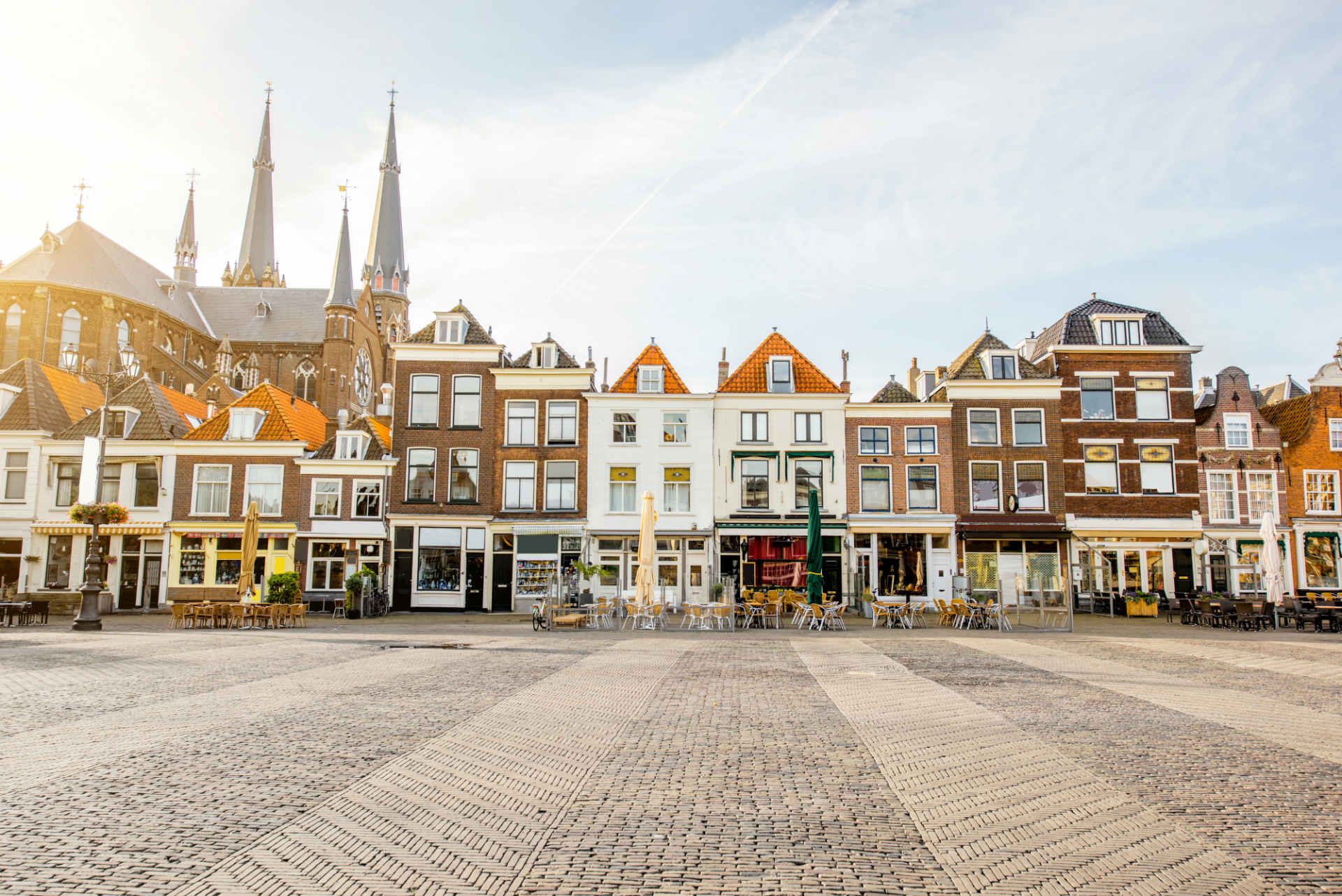20. London, England
Best for: iconic landmarks and hidden pubs
London is a city that never stands still. It balances historic charm with cutting-edge modernity, where centuries-old pubs hide in secret alleyways while futuristic skyscrapers reshape the skyline. Its royal palaces, iconic landmarks, and world-class museums continue to draw visitors, but new attractions, pop-ups, and cultural hotspots mean there’s always something fresh to explore.
Beyond the famous sights — Big Ben, Westminster Abbey, Buckingham Palace, St Paul’s Cathedral, and the Tower of London — London surprises with its abundance of green spaces. Three of its Royal Parks—St James’s Park, Green Park, and Hyde Park — form a nearly three-mile stretch of open space right in the heart of the city.
Hyde Park, the largest of the trio, offers more than just a place to relax. You can jog, cycle, go boating on the Serpentine, or even swim at the Serpentine Lido. Nearby, Kensington Gardens houses the Serpentine Gallery, a top spot for contemporary art. If you’re looking for an active city break, London delivers — on foot, by bike, or even on horseback.
How to get there
London is one of the world’s best-connected cities, with six major airports serving direct flights from across the US, Europe, and beyond. Heathrow (LHR) and Gatwick (LGW) are the main international hubs, while Stansted (STN), Luton (LTN), and London City (LCY) cater to European and domestic flights.
From Heathrow, the Elizabeth Line or Heathrow Express reaches central London in 15–30 minutes. Gatwick Express connects Gatwick Airport to Victoria Station in 30 minutes. If arriving by train, Eurostar services link London to Paris, Brussels, and Amsterdam via St Pancras International.
Where to stay in London
For a romantic stay in the heart of the city, The Londoner offers luxury and elegance in Leicester Square. Those looking for a stylish, modern retreat will find One Hundred Shoreditch an excellent choice, with its contemporary design and vibrant East London location. From grand historic hotels to sleek boutique stays, London has something for every traveler.
Booking through our links earns Rough Guides a small commission at no extra cost to you. It helps us keep providing expert travel advice and recommendations.




















